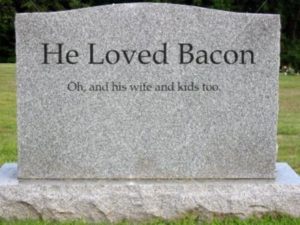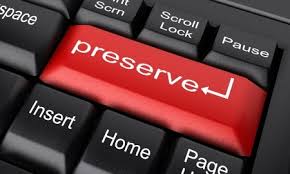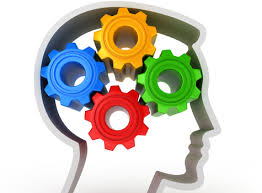
I got the results of my Helix-National Geographic DNA test back this week. I had sent it off the day after Christmas at the same time two family members mailed their samples to Ancestry.com. Ancestry had the results back 3 weeks ago so I patiently waited my Helix analysis.
If you’re planning to test with Helix, please know that you will not discover any matches – these results take you back thousands of years instead of the past few generations. I purposely wanted to see if the findings were similar to the mitDNA Haplogroup results I got about 8 years ago from Ancestry and more recently, from 23andMe. They were basically the same and also confirmed my Neandertal ancestry that 23andMe had found last summer.
Alas, I had no Denisovian which I suspected I might have since they were known to be in the Siberian/Mongolian/China regions. My thinking was my eastern European genes might have come from way east in the distant past but I was wrong.
My favorite part of the results was the interactive web timeline. It’s a nice touch to have pictures of all ages of people and the countryside pop up with the description of when your ancestor resided in the region. Think National Geo Magazine and you get the idea of how well done this is. The migration pattern is also clearly shown and as I’ve blogged about many times, follows the family lore that’s been passed down to me. (If I could only figure out why my family can’t get the stories of the last 100 years right but can remember things from thousands of years ago I will never know!)
You do not get to download your chromosomes to upload anywhere else. I didn’t need that as I’ve already tested with companies that provide that result but that may be important to you so keep it in mind.
My family thought the link to genius was the most interesting result. Personally, I thought it was meaningless as the connections are far removed. Hubby thought it was just phenomenal so, shhh, I bought him a kit for Valentine’s Day. It was on sale and even less expensive than what I paid for it at Thanksgiving. I figure he’ll get the results back by his birthday so he can gloat over his genius cousins. My prediction is that we’re going to have similar findings since our lines have crossed several times in the last 300 years in various parts of the world.
One of those “geniuses” and they qualify how they came to define the word, was of course, Marie Antoinette who shows up in every DNA test I’ve ever taken. I’m thinking I should probably investigate exactly where that connection is so this summer, I’ll be heavily researching my Croatians which, at the time my ancestor’s resided there, was Austria-Hungary. Marie was born in Vienna, Austria. My maternal lines were in the military for generations so I suspect they traveled throughout the region. For displaying valor on the battlefield, they were titled and that’s where I’m going to start my research.
Funny, for years I’ve had the stories and tried to validate them by uncovering the facts. Now I have the DNA facts and I’m trying to find the story. Genealogy upside down!









